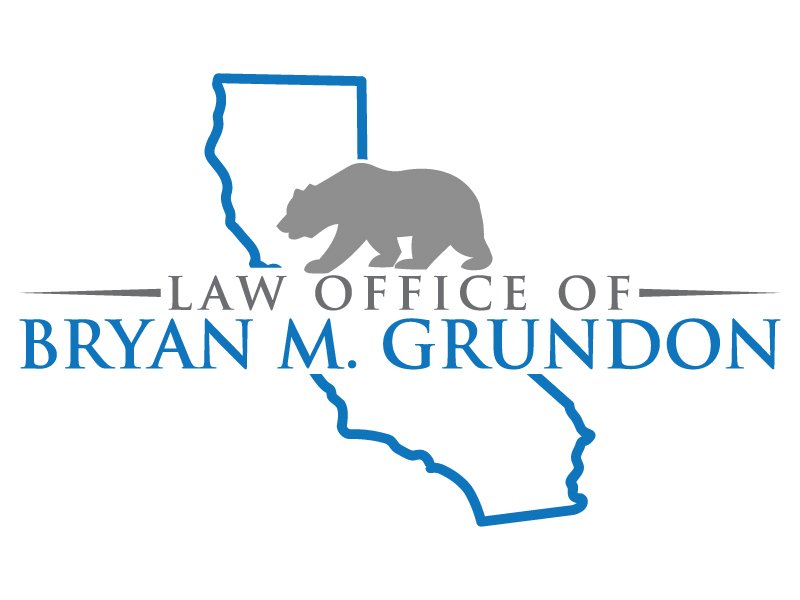BANK LEVIES
How Does a Bank Levy Work?
A common levy we utilize is the bank levy.
To execute a bank levy, we first have to figure out where your debtor banks. Once we have this information, we must check the State of California’s website to identify the proper branch to serve bank levies.
Once we identify where to serve the levy, we obtain a writ of execution for that county. A writ of execution can be issued for each county in the State of California. Writs are valid for 6 months and can be renewed as long as your judgment is valid. In California, judgments are valid for 10 years, and you have the option to renew after that.
Next, we send the writ with levy instructions to the sheriff of the county. Different counties have different instructions for levies and require different things to be submitted, and sometimes the sheriff does not offer the service to serve levies. In this case, we hire a private process server to serve the levy. In this case we still have the process server open the levy with the sheriff, which is the official levying officer (where the return to the levy and funds from the levy must be sent). Once the levy is served on the proper bank branch, then the bank has a certain time in which it must submit a response to the levy to the sheriff. In the case that a bank does not respond to the levy, we will have to send them a reminder that they need to respond or face a creditor’s lawsuit.
Once they respond with information on the levy, the judgment debtor is notified of the levy, and they have a certain period of time to claim the funds exempt. Once that time passes, if no claim of exemption is filed, then the bank turns the money over to the sheriff, and then the sheriff sends us those funds.
See our blog post: Let’s Go to the Mall…For a Bank Levy
